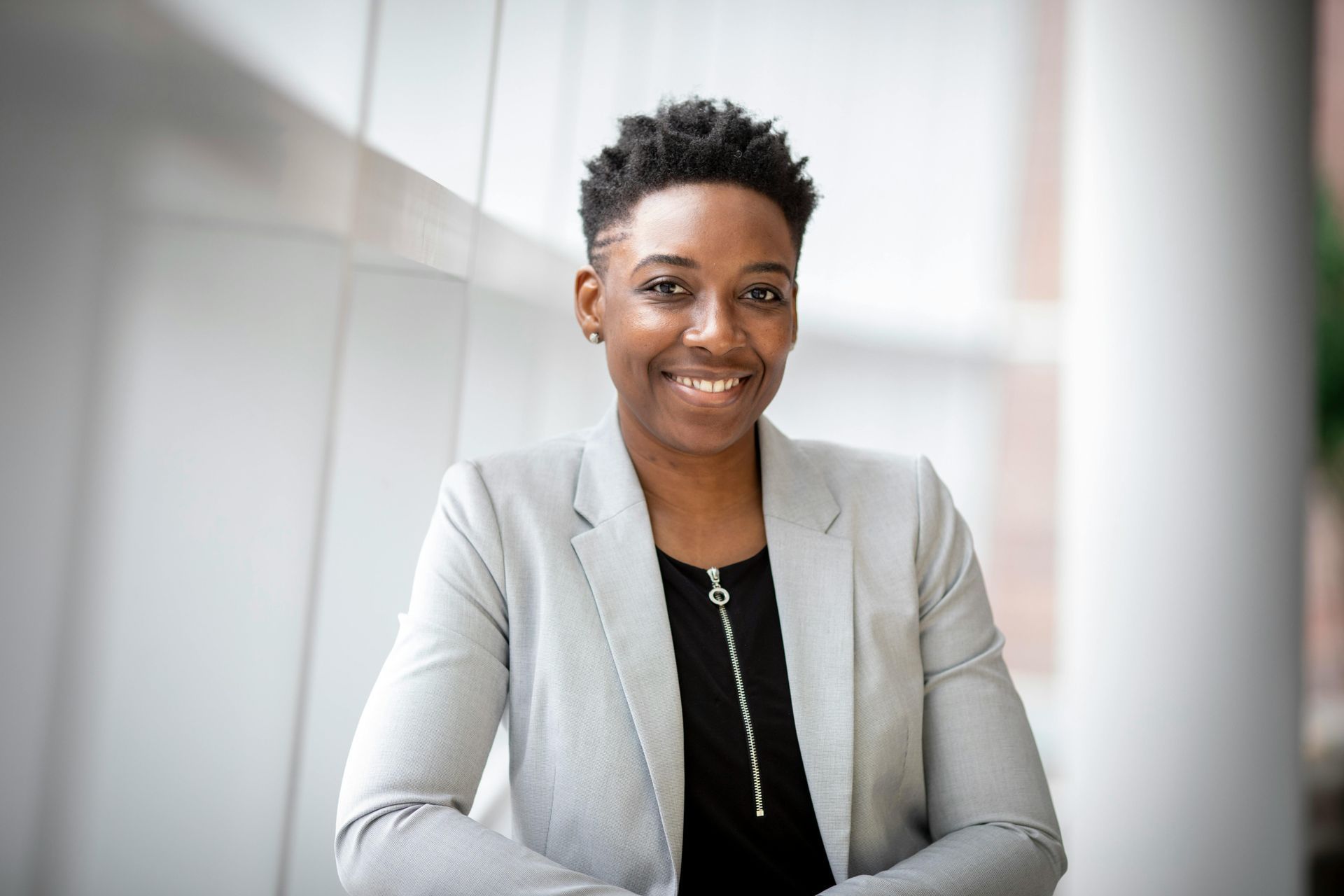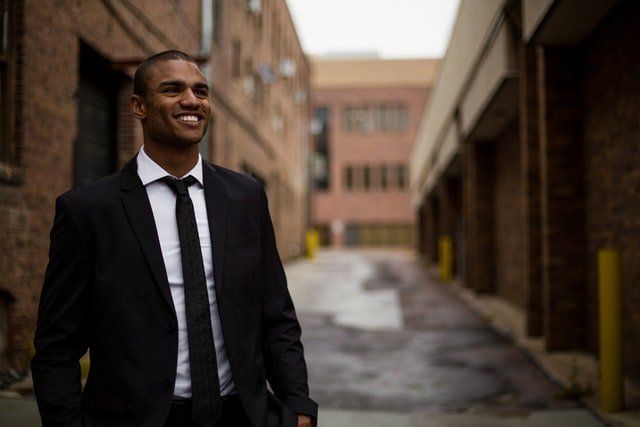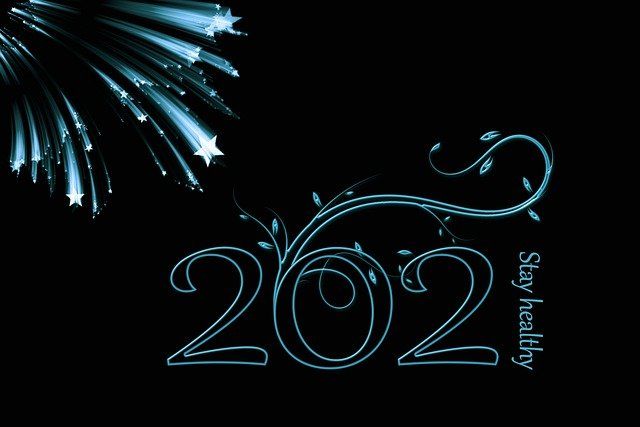Great Communicators Know the Power of Listening
The dictionary defines life force as “the spirit or energy that animates living creatures; the soul.” Recently, while attending a business luncheon I looked around my table and was reminded, yet again, of the power of listening and how great communicators know the value it brings to one’s individual life force.
There were a total of six people at this table, including myself, but only one other that exhibited what I would call any real life force. I include myself in the count, because I was consciously working at listening, to make sure that I was animated and that my receptive energy was reaching out to the rest of the people.
Listening Is an Art unto Itself
The Power of Listening is such an important and powerful skill that rarely gets enough attention!
As an actor, I learned a long time ago the importance of listening. Not only is the camera filming the person speaking, but (as we have all observed) it’s also covering each person’s reactions to words being spoken to them.
Really, listening requires getting out of our heads and making the person speaking more important than our own thoughts and what we want to say in response. How many times have you begun to tell a story about an experience and the person “listening” jumps in and says something like, “Oh I know what you’re talking about. I had the same thing happen to me, it was a terrible experience!” Off they go and you are left with your story still unspoken.
Great Communicators Hear from Others
This may be my primary “beef” in life…people who are so caught up in themselves, so insecure, that they are constantly pushing their importance forward, rather than just listening with an open heart.
Abraham Maslow’s definition of “real” listening is to listen “without pre-supposing, classifying, improving, controverting, evaluating, approving or disapproving, without dueling what is being said, without rehearsing the rebuttal in advance, without free-associating to portions of what is being said so that succeeding portions are not heard at all.”
Believe me – I am guilty of not listening at times, as well. But I have learned how important it is to catch myself and refocus. When you learn to really listen, you learn to react and, in turn, allow that reaction to reach your face.
Listening then becomes a non-verbal feedback to the person speaking. That’s what we see in the movies when they cut from the person speaking to the person being spoken to. The audience is usually waiting for a response, which can sometimes determine the next action that takes place.
Keeping Your Audience Engaged Begins With Listening
I do a lot of speaking in front of people and it’s one of the most difficult things to do; not the speaking part, but the keeping the audience engaged part! Each audience member is naturally going to be thinking of other things when you speak, it’s human nature, so it’s the speaker’s job to keep them actively listening and engaged as much as possible. I do that by expressing myself with energy, animation and passion.
Energy, animation and passion are also an integral part of listening. Here’s why:
- When you listen with energy and animation people will believe that they are being heard.
- When people feel that you are really listening to them, they will be able to trust you more.
- When people have more trust toward you, they will be more willing to hear from you.
Remember to Listen with Your Heart AND Your Head
This is precisely the power great communicators have come to know – the power of genuinely listening or, “active” listening, with the heart and not just the head. Practice this type of listening and you’ll be amazed at how well you’ll be able to engage people, giving you even more success as a communicator.
If you could use a little help with the art of listening or keeping an audience engaged, I invite you to contact me TODAY to find out how easy AND FUN it can be to be the successful and sought after speaker you know you were meant to be!
Grab my 15 FEAR-BUSTING TIPS FOR SPEAKERS and Get 15 Minutes with me, one-on-one, absolutely FREE!
Laurie Burton Training Blog








